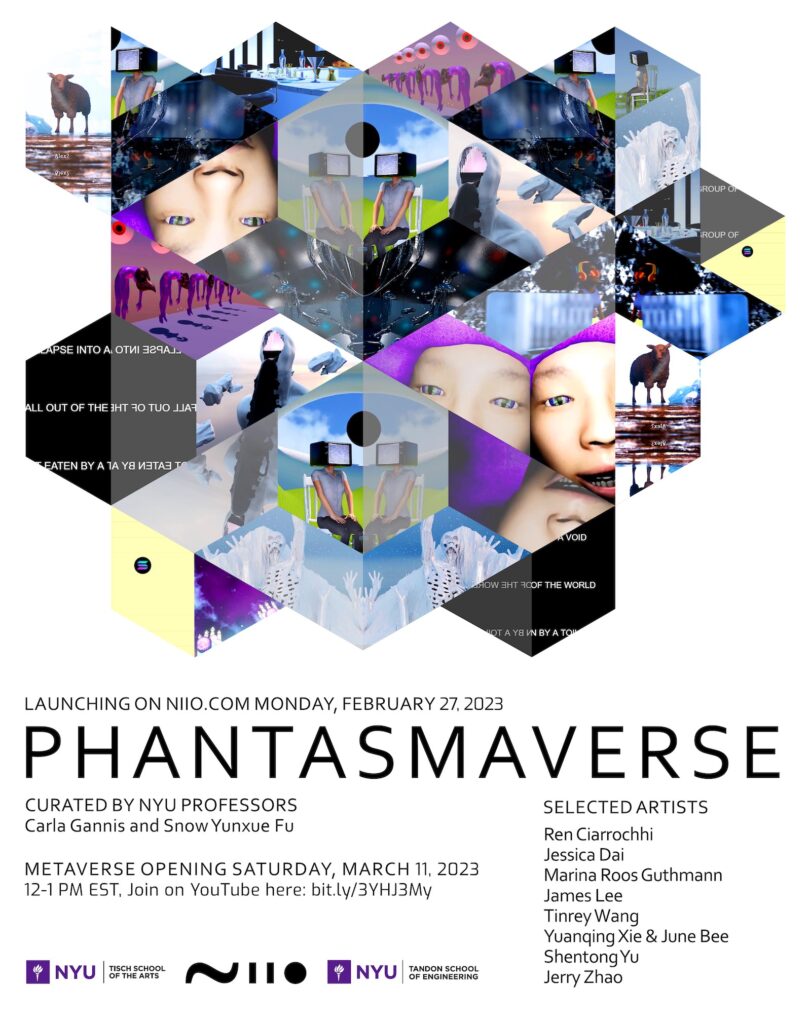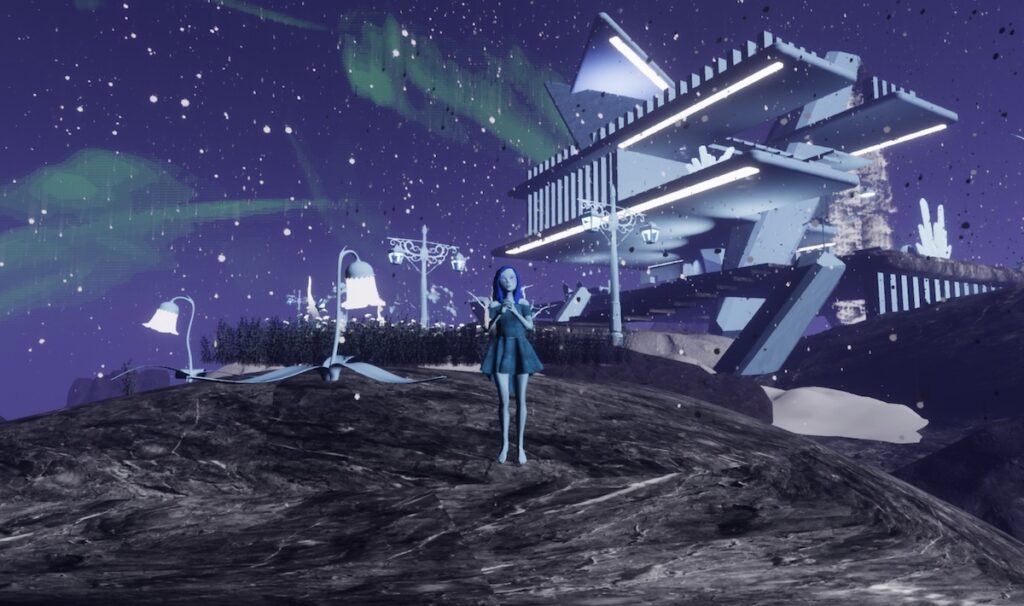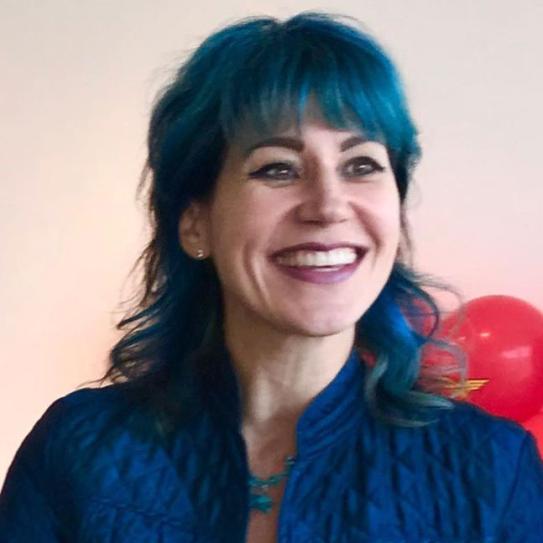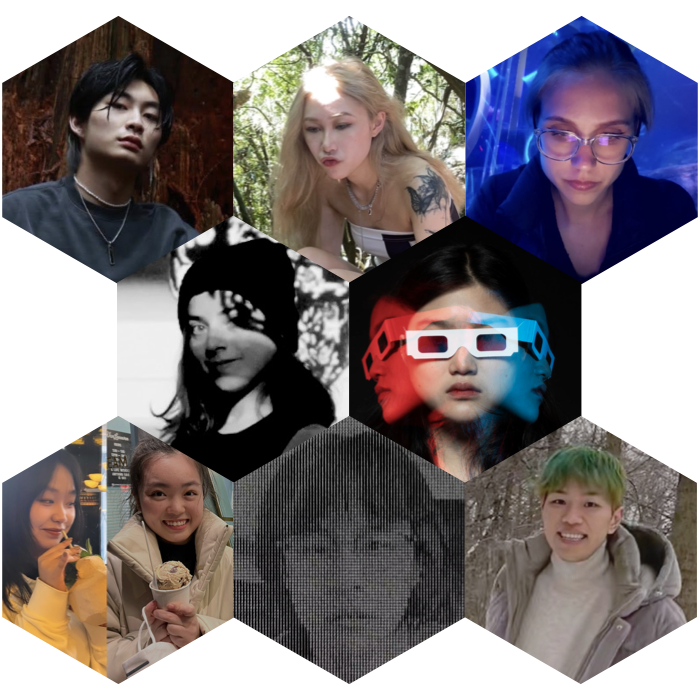Roxanne Vardi and Pau Waelder

Niio has proudly hosted a collaboration with artists and NYU professors Carla Gannis and Snow Yunxue Fu consisting of a group artcast featuring recent works by artists and NYU students Ren Ciarrocchi, Jessica Dai, Marina Roos Guthmann, James Lee, Tinrey Wang, Yuaqing She & June Bee, Shentong Yu, and Jerry Zhao.
Titled Phantasmaverse, the exhibition addresses the potential of simulation technologies such as CGI animation and VR environments in storytelling and the creation of meaningful artworks that explore new forms of engaging with viewers and reflecting on our digital society.
We asked the professors and co-curators Carla Gannis and Snow Yunxue Fu about the exhibition’s curatorial process and their views on the use of digital technologies for exhibiting artworks.

Snow, you created Daughter ICE as an avatar that connects you with your mother and your family. Which possibilities do you see in metaverse spaces and avatars to build human relationships and experiences of presence with a distant audience?
I approach the Metaverse space sometimes to “make dreams come true”. Daughter ICE is a long-term project that in a way materializes my long-distance relationship with my mother and family members in China, and the Metaverse home of Daughter ICE is this visualized space of a dream house, inspired by Frank Lloyd Wright’s Fallingwater house, where nature and architecture harmoniously come together. This digital space also functions as a place where one can gather together with other people, like with my family at a distance. In Daughter ICE’s home, we can have pop-up shows, we can attend a live opening in the virtual space no matter which counties we are physically located in.

Snow Yunxue Fu works with imaging technologies, such as 3D Simulation, AR, XR, and the Metaverse in interdisciplinary explorations into the universal aesthetic and definitive nature of the techno sublime.

Carla, as a “digital flâneuse,” you collect fragments of the real world to build immersive digital compositions. What is your experience creating metaverse spaces?
I have been working for over five years on a large multi-reality project entitled wwwunderkammer, that explores building a feminist, post-human, decolonized wunderkammer for the Web3 age. It launched as both an XR and physical reality solo exhibition in March of 2020 at Telematic Media Arts produced by me and my avatar C.A.R.L.A. G.A.N. (Crossplatform Avatar for Recursive Life Action Generative Adversarial Network). Currently, an evolution of this project, as video, physical printwork and metaverse experience is on view again at Telematic Media Arts, and it will be premiering at The Halsey Institute of Art in May. I have been collecting physical objects and 3D virtual models from across the global internet that represent topics that feel both curious and urgent to me: climate change and its impact on emerging and endangered species; historical and current political frameworks; networked culture and digital semiotics; decolonization and global pluralism; humor as salve and feminist salvation. In addition to the rooms I have built addressing these topics, I have built wwwunderchambers to date for 5 different experts on the topics of absurdity, decolonization in design, destigmatization of attitudes around sex and comfort in tech, digital accessibility, and preservation of digital art. There are currently 15 experiences that make up the metaverse aspect of the wwwunderkammer that you can visit online.
In 2020, I co-curated with Clark Buckner The Archive to Come, a 57 artist exhibition, (that included Snow!) as an extension of the wwwunderkammer. – both on-line and in the gallery – of short time-based works that address questions of loss, memorialization, crisis, and re-invention, through the lens of contemporary networked culture and digital media. I built the social VR/metaverse gallery, (a giant splash in a sea of water) to house all of the amazing works in this exhibition.
Two physical catalogs have recently been published by Telematic Media Arts documenting these metaverse projects.

Carla Gannis is a transmedia artist based in Brooklyn, New York. She produces works that consider the uncanny complications between grounded and virtual reality, nature and artifice, science and science fiction in contemporary culture.

Can you share your experience of curating a show in the digital space?
Snow Yunxue Fu: Curating shows in a digital space is great because we can both rely on the guidelines of physical show curation, and also can expand the rules into territories that digital platforms uniquely can provide and support. There are also boundaries we still have to work with because of the development of technology, but in general, it becomes more imaginative.
“It only feels natural to exhibit art in spaces native to where the creation happens, where the ideas emerge from, where we are increasingly spending our time accessing and viewing art.”
Carla Gannis
Carla Gannis: It only feels natural, given the artists we selected, who all have digital practices, like Snow and myself, to exhibit art in spaces native to where the creation happens, where the ideas emerge from, where we are increasingly spending our time accessing and viewing art. Being able to experience in your home an art gallery via the portal of a screen brings art to a much larger public too.

How did the Niio platform support the curation and the assembling of the student show?
SYF: The available tools in the Niio platform help speed up the curation process, such as artwork submissions and info listing. It also reaches a wider audience that is different from a physical show curation. It’s systematic while attentive since we are also to work with Roxanne and Pau from Niio to make things customizable so it would better suit our purposes within the designs of the show.
“The Niio platform helps speed up the curation process and reach a wider audience that is different from a physical show curation.”
Snow Yunxue Fu
CG: It has been such a pleasure to work with Snow and the Niio team on this project! My direct interface has been with Pau and Roxanne, but the entire dev team has been super supportive in helping with onboarding and customizing the exhibition space to accommodate the multi-modal work being exhibited, allowing viewers to see the work in context of each other and individually for a deeper dive into each artists’ practice.
Read the interview with the artists participating in the Phantasmaverse exhibition and artcast
